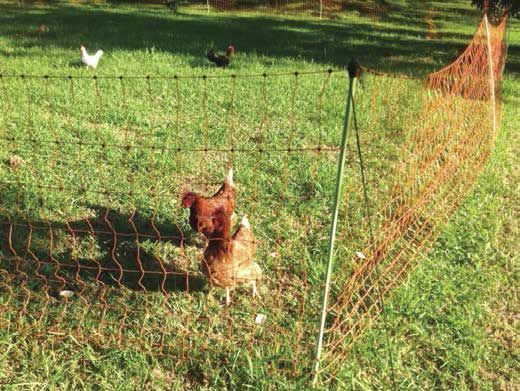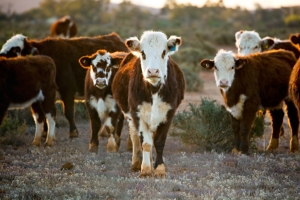Keeping the foxes out of the hen house

By Anthony Gallenti, owner of Farmer’s Mailbox. Poultry and chicken fencing is as much about keeping predators out as keeping the chickens in. Foxes are the most frequent predator of chickens in Australia. But ferrel dogs and cats can also cause much anguish for a poultry farmer with a poor fencing strategy.
A major difference in fencing for poultry as opposed to other animals is the wire and netting. The setup for larger animals leaves wide gaps between the wires making it easy for foxes to get in or for the chickens to escape. Electric fencing for chickens is designed to leave smaller gaps preventing foxes or other predators getting in.
You can use strands of wire for your setup or netting. Typically, most poultry farmers use netting as it’s easier to setup a more effective fence. A basic set up includes netting, an energiser, a battery and an earth stake.
Netting comes in different heights and lengths. It can be adapted to the size of the breed and be movable should you need to relocate your birds. Electric fencing is made from durable material that is able to withstand weather conditions, animals and predators. Electric fencing is particularly good for keeping chickens as there are far fewer repairs required, predators are unlikely to prise or force gaps in the fence as they will receive a shock.
For planning your new fence you need to consider a number of factors, including
- The size of the area you want to enclose
- The number of chickens you have
- Cost
- Ease of setup
- The age/size of your chickens
- Ease of maintenance
- What predators you need to keep out
When you first setup an electric fence your birds should get used to it in a short amount of time. It usually takes one or two shocks and then they will keep their distance.







